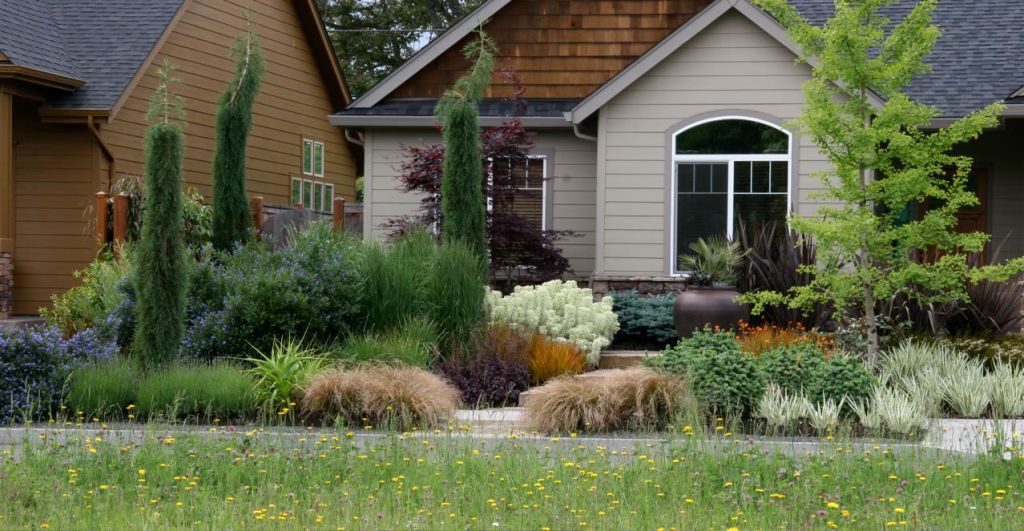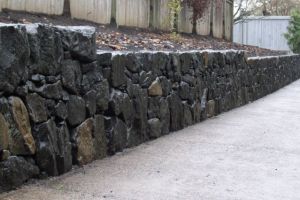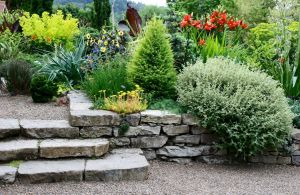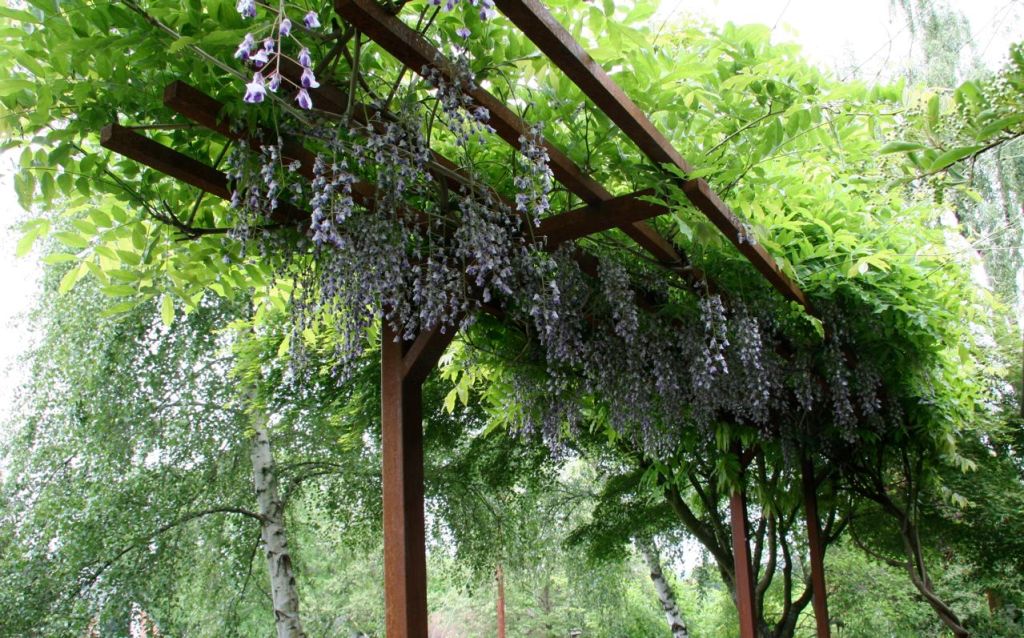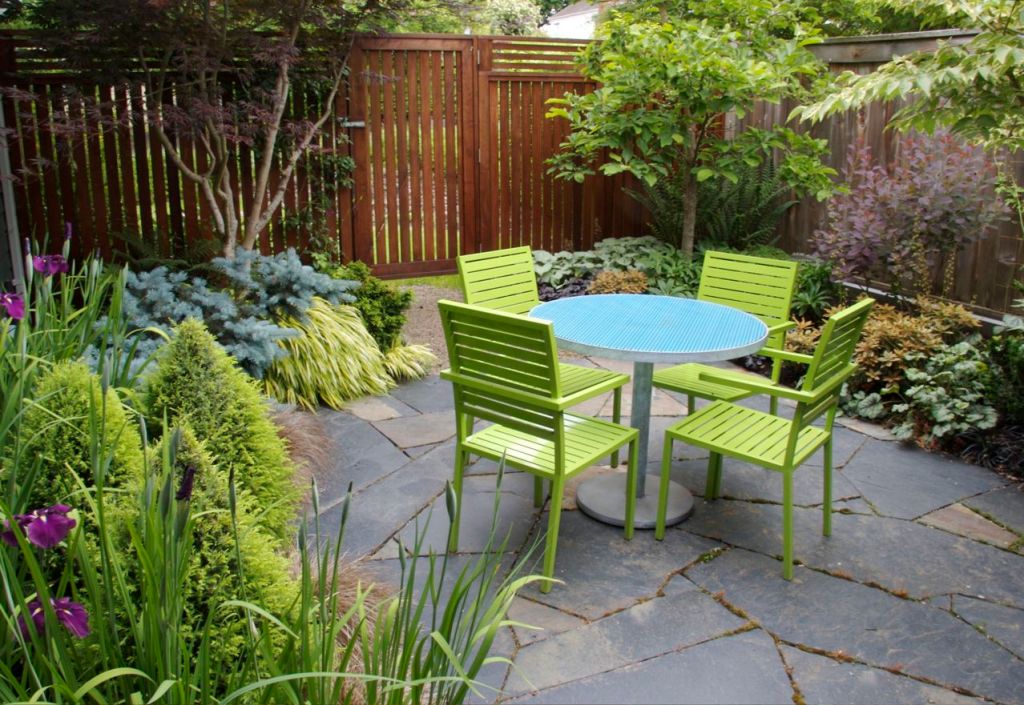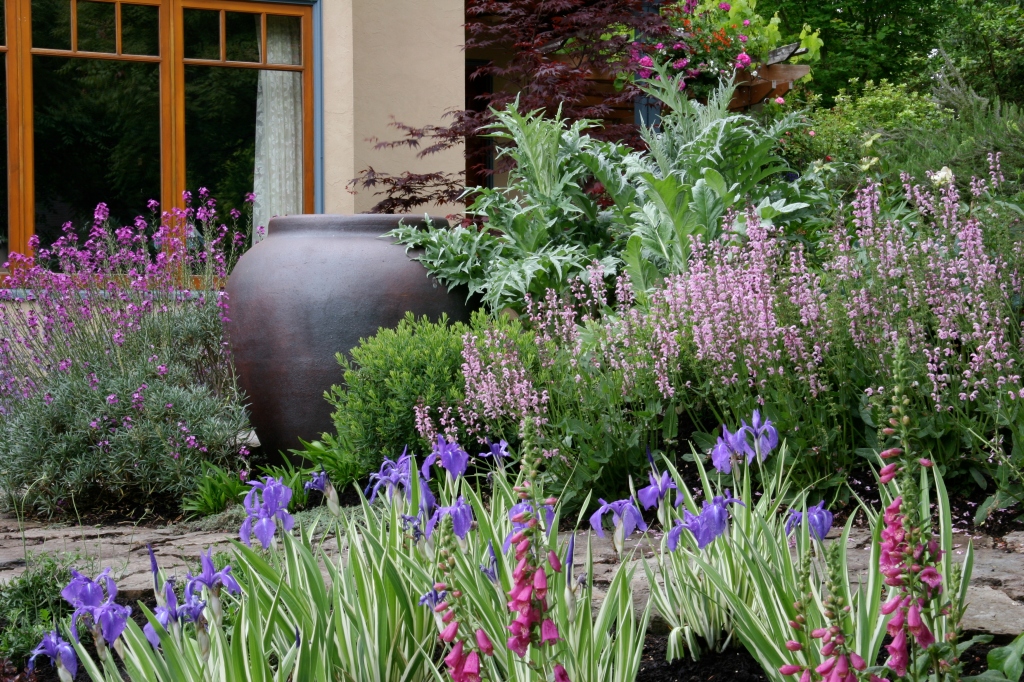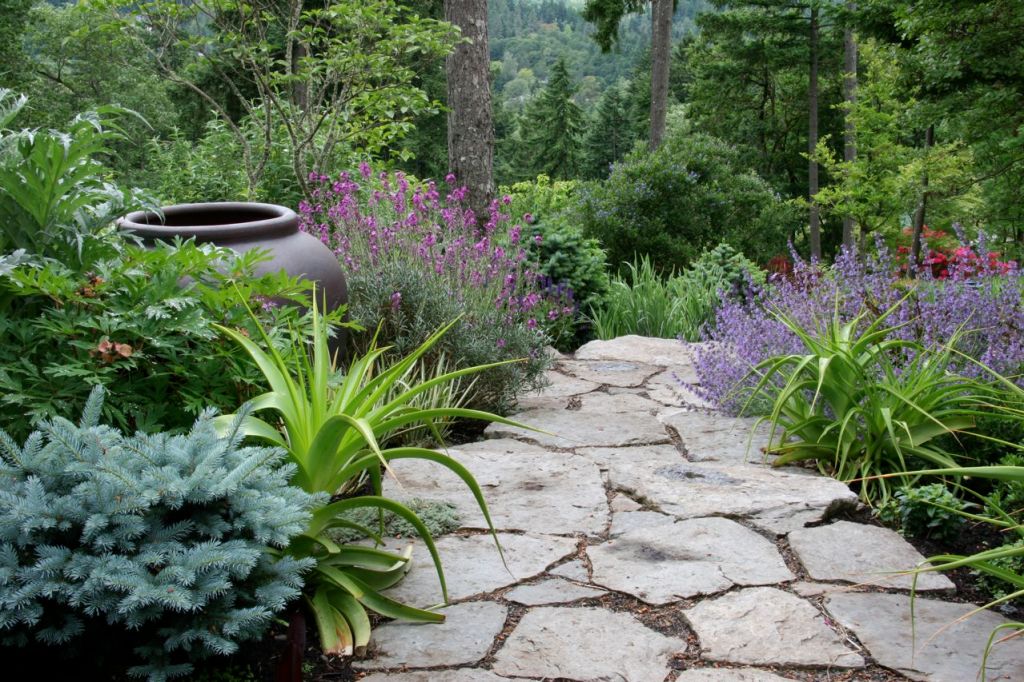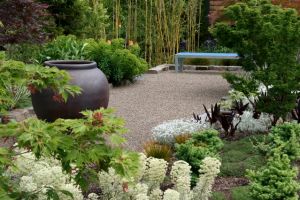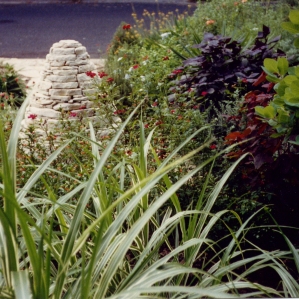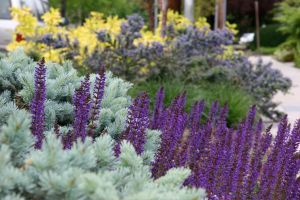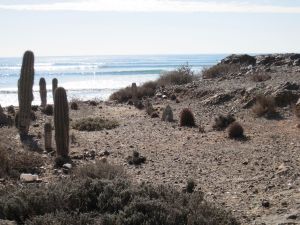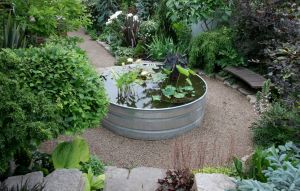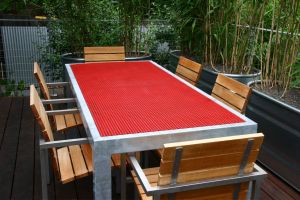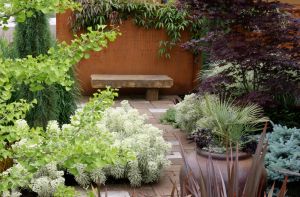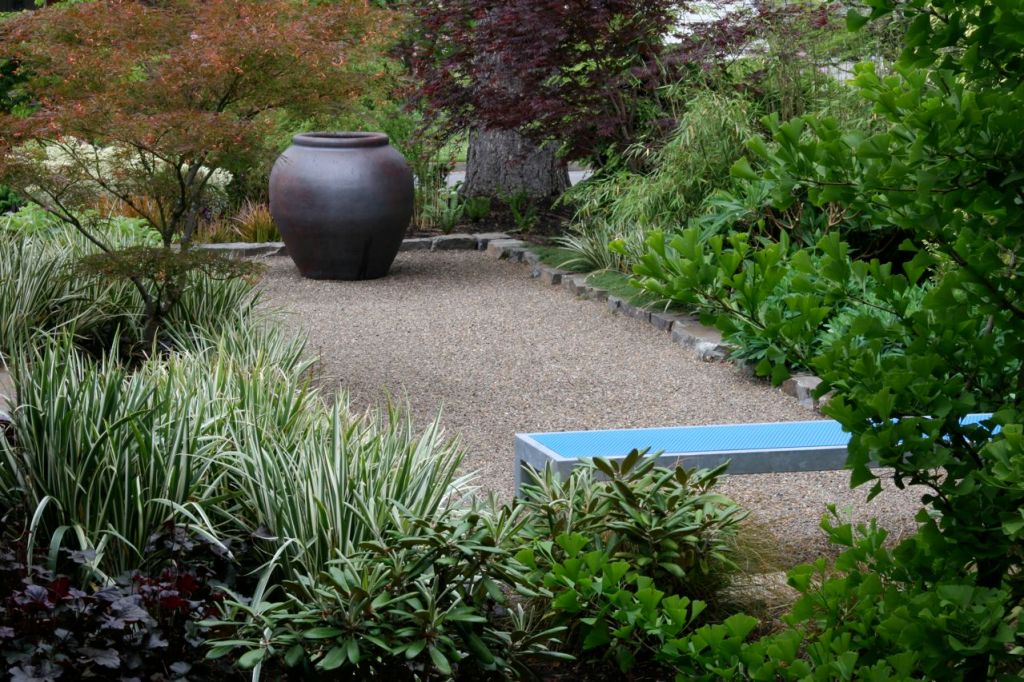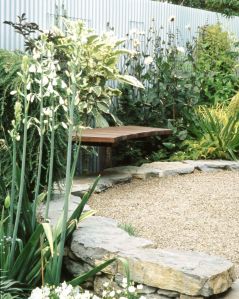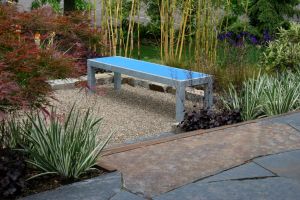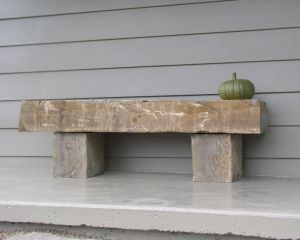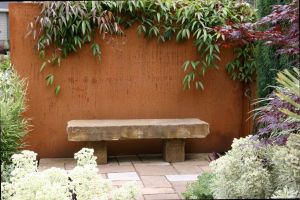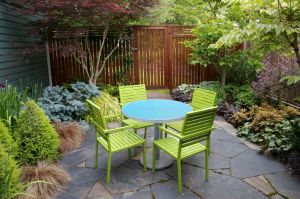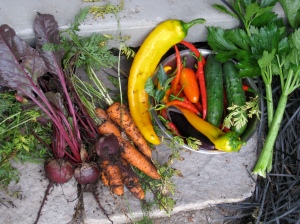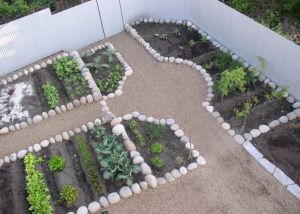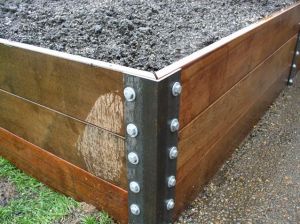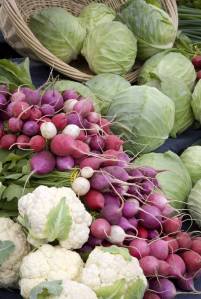
The weather can't seem to make up its mind right now, which must mean it's spring.... Clear and warm! Wind and rain! Snow in the hills! Hail and sunshine! No matter what the weather brings, lengthening days and budding plants draw gardeners outdoors. Once we've caught up with the weeds, pruning and other chores that keep our garden and our clients' gardens tidy, we turn our minds to improving the spaces. In this newsletter, we offer a few of the core concepts that help Mosaic develop, rather than just "maintain," new and existing gardens. Over the next few weeks, we'll post more ideas that might improve your garden while making gardening a bit more fulfilling, so check back at the journal! [Edit: Idea #1 - Tools of the Trade]
iSubtraction
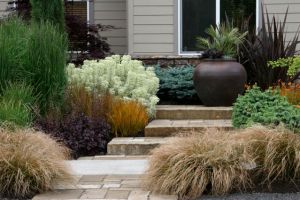
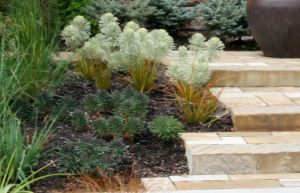
For many gardeners, spring brings opportunity to add to their gardens - all those colorful, promising pots at the nursery, a piece of garden art, or that new idea from Sunset. For us, it's the perfect moment to subtract. We look for plants that are overgrown, declining in old age or are just-not-right, and off they go to a new home or the yard debris bin. One of our greatest design assets is our willingness to start over, on one plant, a whole bed or a whole garden. There are almost always better solutions waiting to earn their place in a garden.
Subtraction doesn't need to stop in your planting beds, Our clients are amazed at how much better their yards look after the demolition phase, when we've removed not just non-performing plants, but low borders, unnecessary hardscape, and crumbling garden art. While "demo" doesn't need to be extensive, an empty palette is a relief and an opportunity to create a better, simpler, more beautiful space.
iSimplify
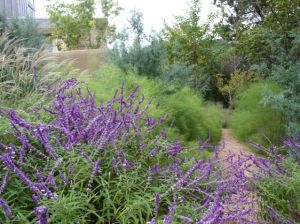
"Sometimes you have to think and think to get something simple" - Ron Lutsko
Filling a hole in a bed can feel a little daunting. In our plantings, we've don't look far for our first ideas. We consider what plants in that bed, or similar nearby beds, are thriving, and work from there. Often, we're able to incorporate and expand on a nearby success story.
In new beds or just filling in, planting in groups of three to forty creates a coherent, rich palette with the added bonus of lower maintenance. You can create waves of year-round color and texture by selecting the best performing plants for your space.
Beyond planting beds, we believe in simple features and clean, strong lines in the hardscape (a concept that needs its own newsletter or three). Simplifying the "hard" elements of a garden doesn't require a complete remodel, however. Most spaces have elements in which a little simplification would go a long way. The edges of lawns are one place to consider. Could a straight or curved line make the lawn a simpler, more pleasing shape? What if you were to cut out that peninsula of sod, and connect the surrounding beds?
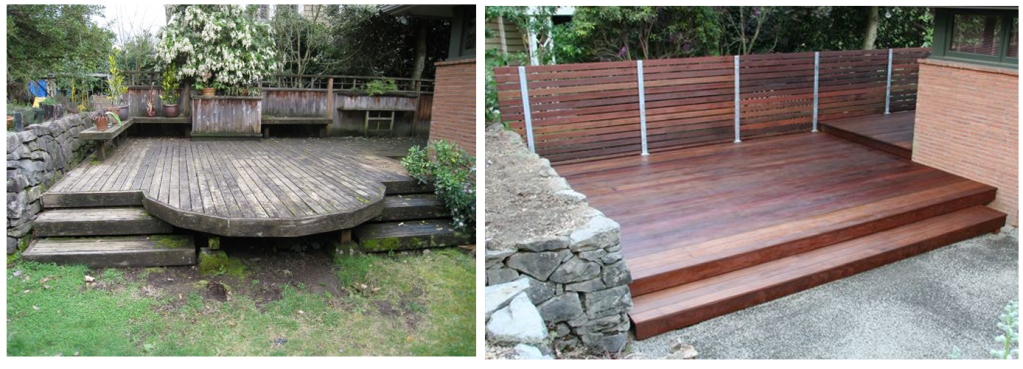
Consider paring down or reorganizing anything that adds clutter to your space. From pots to garden ornaments, we sometimes just have too much stuff. Did you know that some good gardens never make it past the magazine editors, because they have too many little distractions in the beds, around the seating areas and everywhere else? Removing a few things and concentrating others into an higher impact feature will focus attention on the best parts of your garden, rather than distracting from them. The collection of pots in the photo of our bench, below, "works" because we clustered them together at an important spot.
iMake room for people
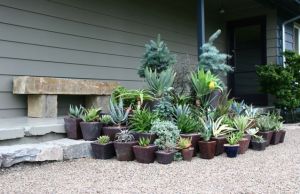
We often describe ourselves as a garden design/build company, but we really think of ourselves as creating outdoor spaces for people. Building a space that lets you, your family and friends spend more time in your garden is our primary goal. Of course, building a comfortable, human scale space can be a major undertaking, but it can also be as simple as improving a path, so you walk through the garden more often, or adding a bench with a pretty view. We have many ideas about creating seating areas and other people-friendly spaces, but the fundamentals are simple:
- Comfort - make sure seats and benches are comfortable, substantial and stable. Take time to level the seats and their foundation.
- Breathing room - broad paths and open seating areas are more inviting and don't get lost in the summer jungle.
- Quality - do your homework and prep work before laying a path or any hardscape. Solid footing is vital, as unstable, uneven surfaces can keep people away.
iA little less water goes a long way
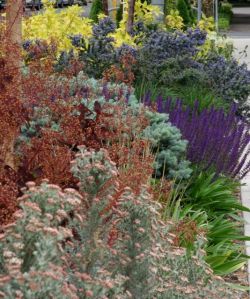
When we first planted our garden, we gave our plants a running start with great soil, a little food and plenty of water. As the plants established good root systems, most showed little stress in hotter, drier periods. A few plants, however, would wilt and crisp at the tips if we didn't increase the irrigation. For awhile, we watered enough to keep those plants, if not happy, then not miserable or dead. But somehow it didn't feel right to irrigate an entire garden to accommodate a few plants.
Eventually, we decided to water less frequently. If an established plant couldn't handle the drought, it died or found a new home. Today, our garden is full, diverse and lush, and we're thrilled to use a little less of a precious resource.
We wrote about using less water in another post, which we hope you'll read, but the concept is simple. Most of us water more often than most of our plants require. Try waiting an extra day or two between watering cycles this summer. While a few plants will decline, you will probably be surprised at how many plants are up to the challenge. You may even find that some plants, like ornamental grasses and some conifers, prefer less water.
Thanks for reading!
We hope we've offered a little inspiration for your spring cleaning. Over the next few weeks, we will share a few more ideas for developing your garden, so stay tuned. If you're ready for more ideas now, take a look back at our fourth newsletter. Spring always brings lots of ideas, photos and news, and we look forward to sharing them with you!
